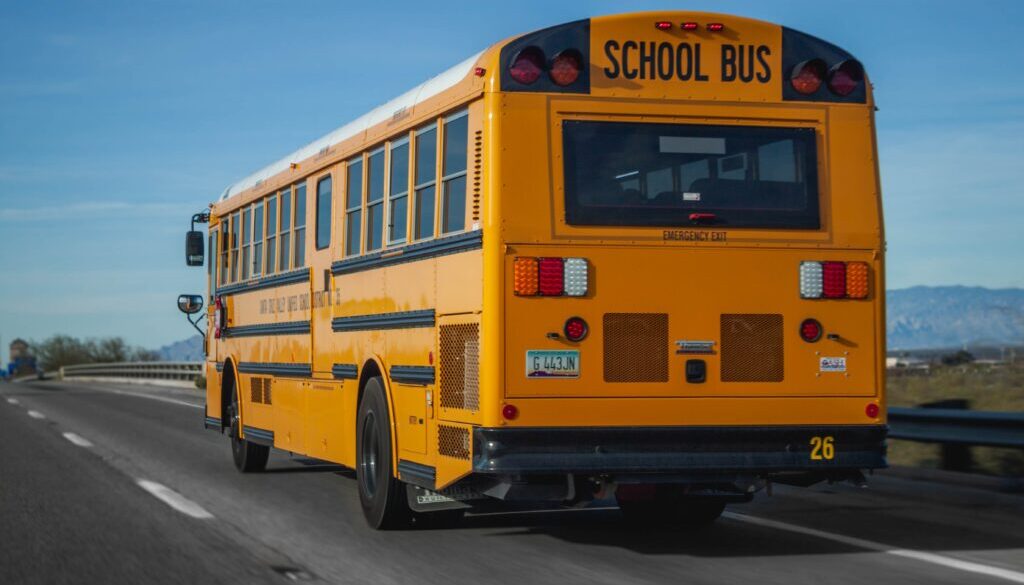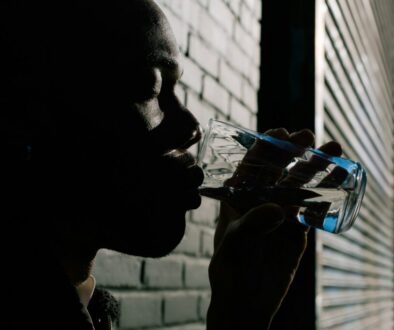As Biden awards nearly $1 billion for electric school buses, can utilities keep up?
By Johnathan Hettinger
The largest form of mass transit in the US is getting an overhaul – as long as utility companies can keep up.
The Biden administration this week announced nearly $1 billion for 2,700 cleaner school buses across 37 states in an attempt to curb fossil fuel pollution and improve children’s health. The vast majority of the $965 million, which is awarded by the US Environmental Protection Agency (EPA), went to electric school buses that are supposed to replace older diesel buses.
“As the wheels of the new, electric school buses go round and round, carbon emissions and pollution are going to keep going down and down,” said Senate Majority Leader Chuck Schumer in an EPA statement.
The funding for the five-year, $5 billion Clean School Bus Program comes through the 2021 Bipartisan Infrastructure and Jobs Law. So far, the program has invested nearly $2 billion to fund around 5,000 electric and low-emission school buses. In this week’s award, 86% of funding went to low-income, tribal or rural communities. But the rollout of electric school buses faces some practical challenges, according to the EPA’s Office of Inspector General (OIG), which released two reports about the program last month.
While the EPA’s top watchdog found that supply chain issues are not likely to arise because companies are ramping up production, the watchdog raised concerns about utility providers’ abilities to upgrade infrastructure.
“The increased demand on manufacturers and utility companies may impact the timeliness of replacing diesel buses and ultimately may delay program health and environmental benefits,” the report said.
The biggest hurdle to the electric fleet is how quickly utility companies can build infrastructure for the buses, the EPA said in another recent report. Bus chargers often lead to a need for new transformers, electrical lines and switch changers, according to the report. In order to be successful, school districts need to plan ahead, the EPA said.
“One utility company we interviewed stated while it had experience with electric vehicles and buses, it did not have experience at the projected scale,” said the report. “One utility company explained that it could take nine months to two years to complete construction.”
These concerns have come to life in rural California, where school districts often opt for diesel buses because of a lack of charging infrastructure, according to the Los Angeles Times. California Gov. Gavin Newsom signed a law requiring that all new buses bought after 2035 must be zero-emission, but rural districts have another 10 years to meet that requirement.
Roughly 25 million children ride school buses every day, most of which are diesel, “exposing students, teachers, and bus drivers to toxic air pollution,” said Vice President Kamala Harris in a press release announcing the award.
Diesel exhaust has been linked to asthma in children and has been determined to be a human carcinogen by the International Agency for Research on Cancer. Children are especially vulnerable to air pollution because they have a faster breathing rate and smaller lungs. They’re also more likely to be exposed to school bus pollution.
“From the funding that’s been provided by the Clean School Bus Program to date, this will triple the amount of electric school buses on the road. There’s still a lot more that’s needed. The vast, vast majority of buses on the road are fossil fuel buses,” said Melody Reis, senior legislative and regulatory policy manager at Moms Clean Air Force, a nonprofit organization focusing on children’s health, in an interview.
In a separate report also released last month, the OIG also expressed concerns about the potential for fraud in the program. The report said that the agency has no verification protocols to ensure that applications are accurate. This “has already placed IIJA funds at risk,” the report said.
Already, an entity “lacking student enrollment” has applied for and received funding, the report said.
The OIG made recommendations on how to make the program more secure, including requiring more documentation, a robust validation process and warning applications about criminal penalties, among other procedures.
(Featured image by Elijah Ekdahl on Unsplash.)
 EWG
EWG


